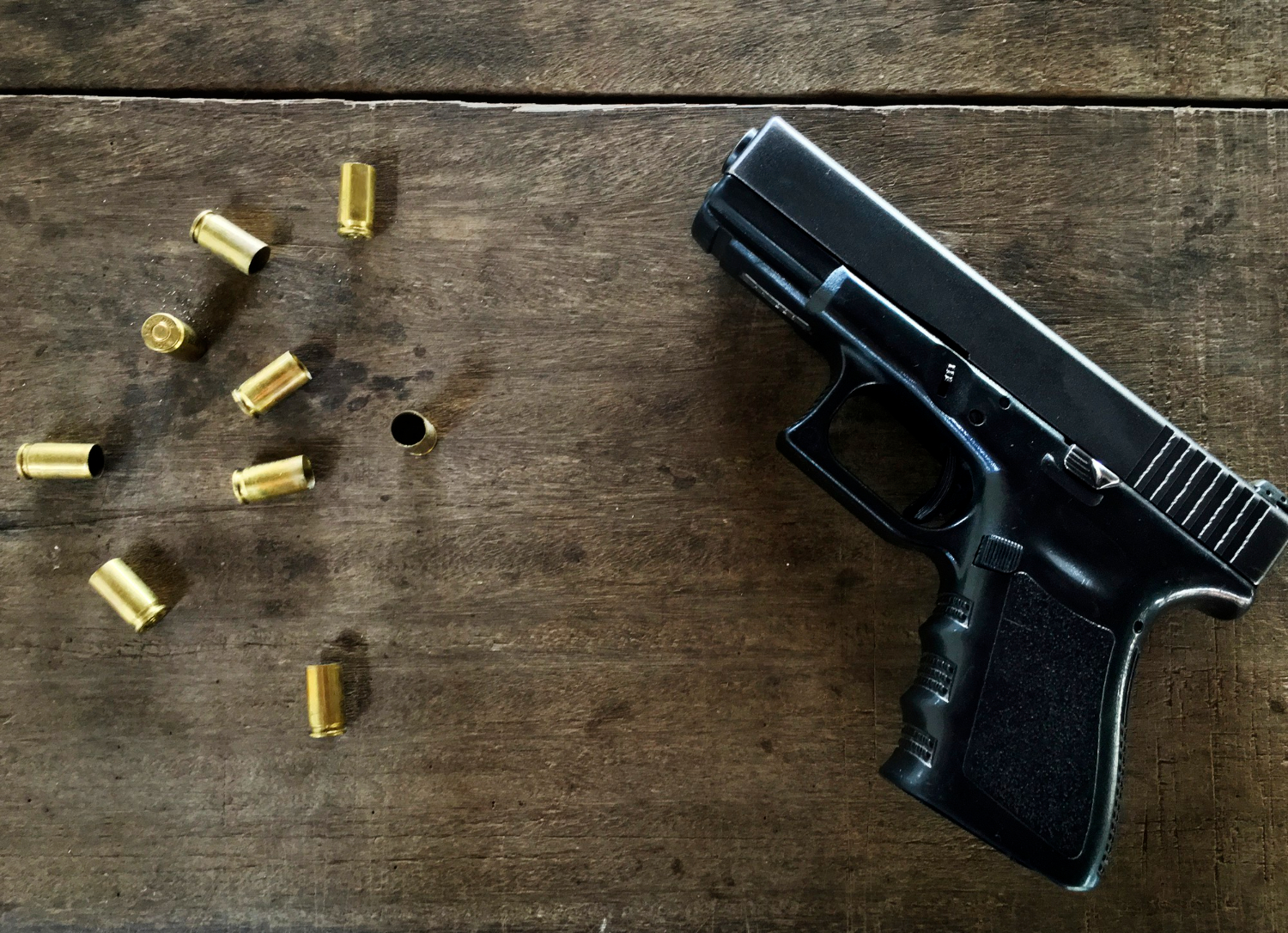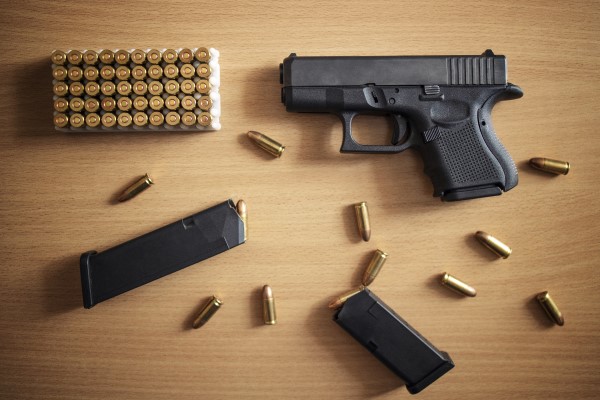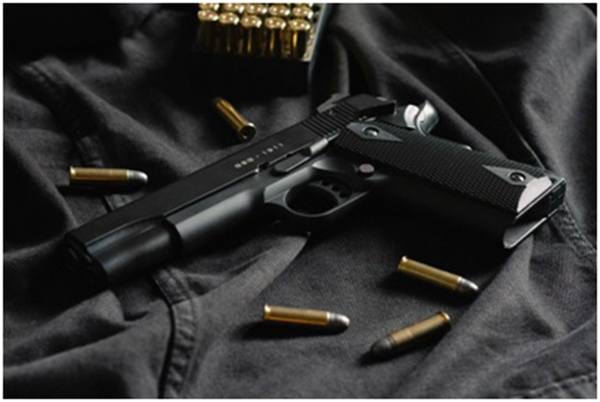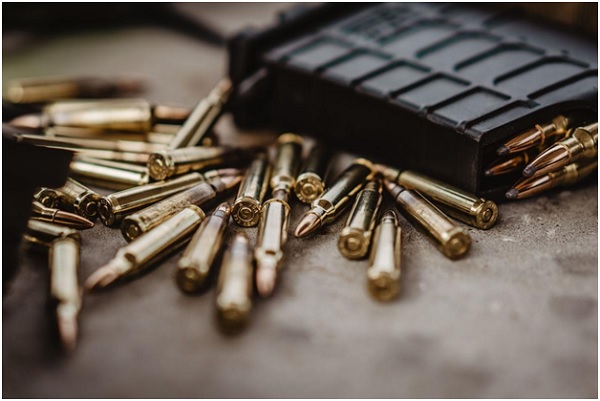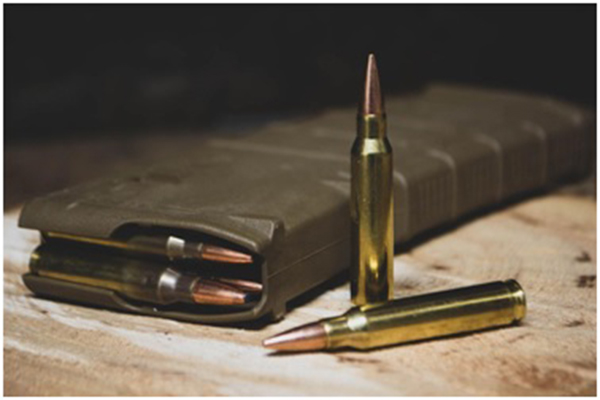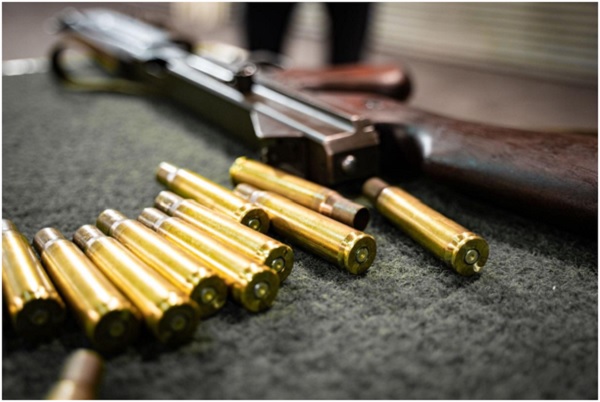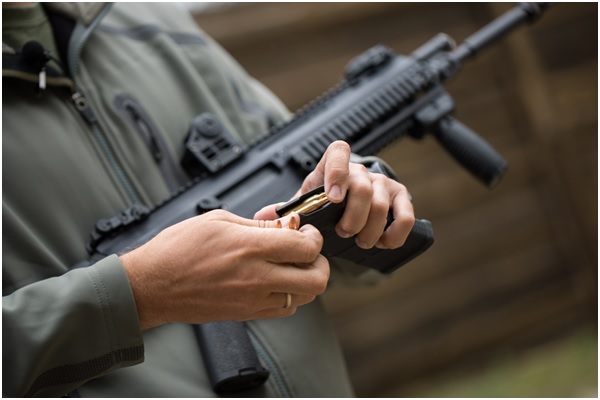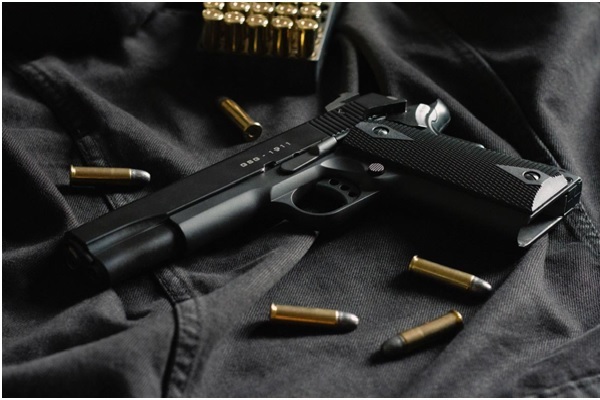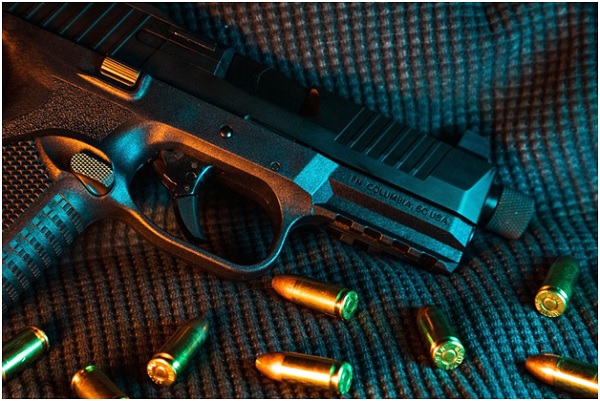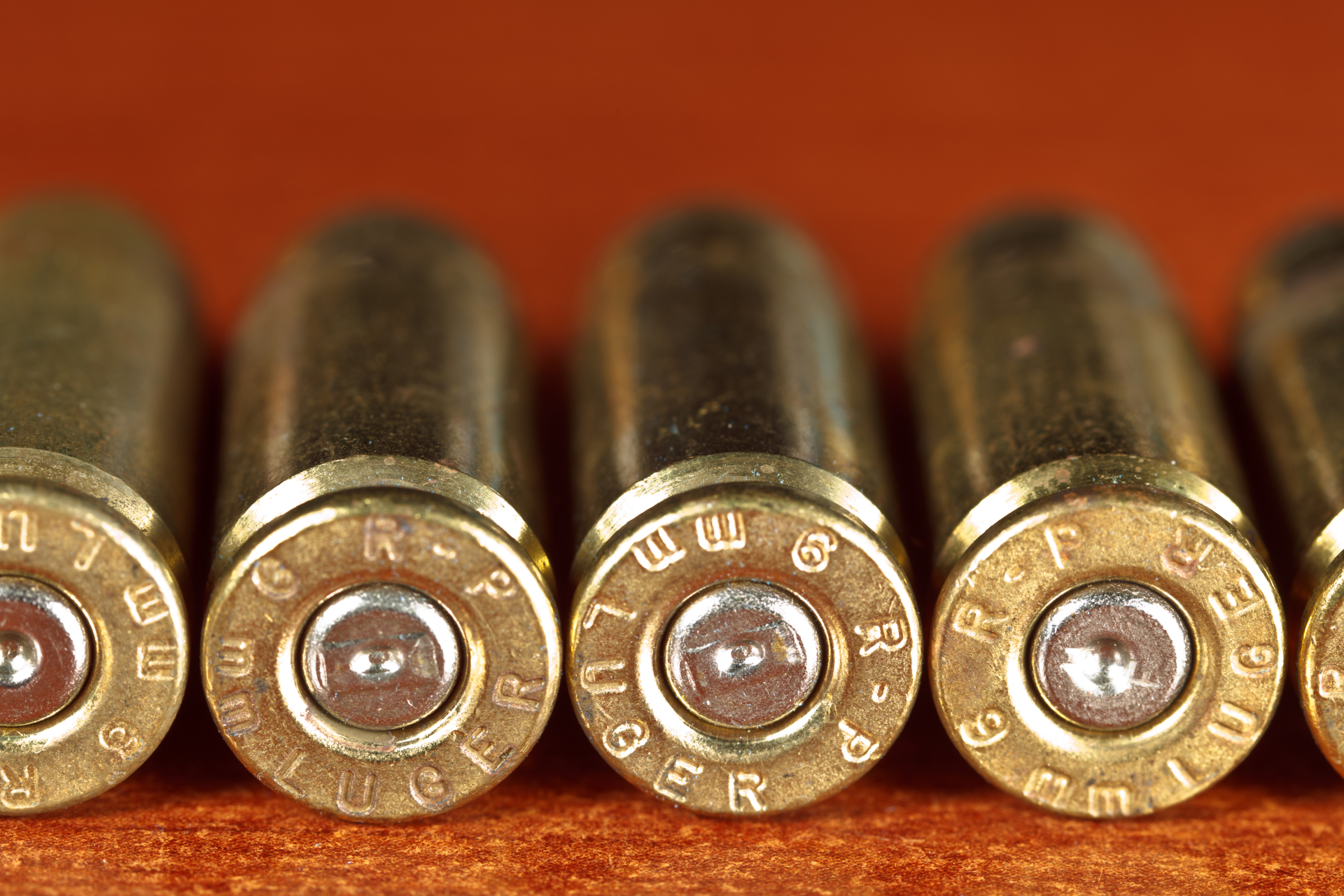
Reloading ammunition is an art and a science, and case preparation is one of its most critical components. Properly prepared cases ensure reliability, consistency, and safety, making them the foundation of any successful reloading process.
In this guide, we’ll dive into the essential steps of case preparation: cleaning, sizing, and trimming. Each step serves a vital purpose and contributes to the overall quality of your reloads.
Step 1: Cleaning Your Brass
Cleaning brass cases is the first step in the preparation process. Over time, cases accumulate carbon residue, dirt, and debris from firing and handling. Failing to clean them properly can lead to inconsistent seating, damage to your reloading equipment, and even unsafe rounds.
Some of the most common cleaning methods include:
- Tumbling
- Ultrasonic cleaning
- Manual cleaning
Tumbling
Tumbling is one of the most common ways to clean your brass, and there are two primary approaches to this method. The first method is dry tumbling. This method involves placing brass in a tumbler with walnut or corn cob media. It’s effective for removing surface grime and restoring a shiny appearance. Wet tumbling, on the other hand, uses stainless steel pins and a cleaning solution. This not only cleans the exterior but also removes carbon buildup inside the case and in the primer pockets.
Ultrasonic Cleaning
Ultrasonic cleaners provide a modern alternative for cleaning brass. These devices use sound waves to agitate a cleaning solution, effectively breaking down dirt and carbon residues on both the inside and outside of cases. Ultrasonic cleaning is fast and efficient, making it ideal for reloaders who want a thorough clean without the polish of tumbling.
Manual Cleaning
For those working with small quantities of brass, manual cleaning is a practical option. Using a brush and solvent, you can scrub away dirt and residues. While this method is time-intensive, it requires minimal equipment and is especially useful for reloaders just starting out.
Step 2: Sizing Your Cases
During firing, brass cases expand to fit the chamber of your firearm. Sizing restores them to their original dimensions, ensuring they’ll chamber properly in subsequent uses. This step is crucial for accuracy, consistency, and safety.
Reloading die sets are essential for sizing, with options for both full-length and neck-sizing dies. Proper case lubrication is also crucial to prevent sticking and damage during resizing. Options include spray, pad, or wax-based lubricants, depending on personal preference.
When sizing your cases, there are two primary methods: full-length and neck sizing.
Full-Length Sizing
Full-length sizing is ideal for cases used in multiple firearms. It ensures that the entire case, including the body and neck, is returned to factory specifications. This process is essential for firearms such as semi-automatic, lever-action, or pump-action models.
Neck Sizing
Neck sizing works well for bolt-action rifles using cases fired in the same chamber. This method resizes only the neck of the case, leaving the body and shoulder untouched. While it can improve accuracy, it may reduce reliability in other firearm types.
Step 3: Trimming Your Cases
Each time a case is fired and resized; it stretches slightly. Over time, this elongation can exceed the maximum allowable length specified in your reloading manual. Trimming cases to the proper length ensures safe and consistent performance.
The two primary types of case trimmers are manual and powered case trimmers.
Manual Case Trimmers
Manual case trimmers use a crank or lever to trim cases to the desired length. While slower than powered options, they are precise and affordable, making them ideal for hobbyists.
Powered Case Trimmers
For high-volume reloaders, powered case trimmers automate the trimming process, saving time and effort. These tools are a worthwhile investment for those processing large quantities of brass.
After trimming, the case mouth often has sharp edges or burrs. Deburring removes excess material from the exterior edge, while chamfering creates a slight bevel on the interior edge to facilitate smooth bullet seating.
Getting Started with Quality Case Preparation
Case preparation is the cornerstone of high-quality reloading. By cleaning, sizing, and trimming your brass properly, you’re laying the groundwork for safe, reliable, and accurate ammunition. Skipping or rushing through any of these steps can lead to inconsistent performance, equipment damage, or even dangerous malfunctions.
Investing time and effort into mastering these processes not only enhances your reloading experience but also contributes to the satisfaction of crafting your own ammunition.
At Titan Reloading, you can reload with confidence, knowing specialists are here to help with any questions you may have.Call us at (262) 397-8819 or to get started with quality materials for your next case preparation, browse our products here. We offer a wide range of supplies, from reloading dies to case trimmers, providing a quality foundation for your next reloading batch.

